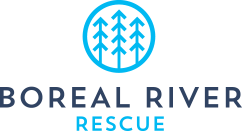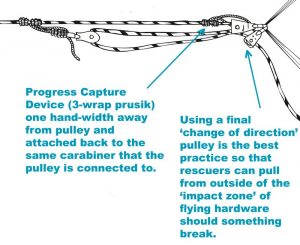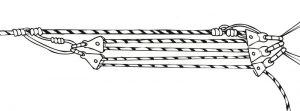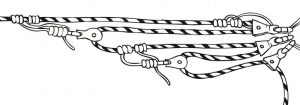Mechanical Advantage Systems
When to use mechanical advantage
Rope and pulley systems are rarely needed in everyday paddling, let alone river rescues. However, when you do need mechanical advantage, it is important to be able to set it up quickly, safely, and with the equipment that you have on hand.
In the whitewater setting, the most reason to use mechanical advantage systems is to haul on a boat that is wrapped or pinned. They are also used to tension lines for transportations systems or to raise a subject or rescuer up a cliff face or steep embankment.
Types of mechanical advantage systems
Mechanical advantage systems can be grouped into 3 categories: simple, compound, and complex. This article outlines 2 simple and 1 compound system. They are the ones practiced most often on our whitewater rescue courses because they are useful and easy for our students to learn and become confident setting up.
That being said, there is no limit to the types of systems that can be used. Understanding the concepts of mechanical advantage allows rescuers to improvise, make adjustments, and ‘pull out’ different systems depending on what the situation calls for and the resources available. The underlying concepts are the same in swiftwater rescue as they are for mountain, high angle, confined space, and any rescue discipline where technical rope systems are used.
New best practice
You’ll see on these videos and diagrams that we always add a final change of direction to these systems. This is so that pullers can stand outside of the ‘impact zone’ while hauling and limit the chance of being hit by flying hardware if something breaks. In the past, different strategies were employed, such as using dampers (like a PFD hanging from a pulley) or limiting the amount of pullers. By using the final change of direction, rescuers can keep their PFDs on, pull with as much force as is needed, and have no fear of flying pulleys.
Simple 3:1 System - 'Z' Drag
Simple 5:1 System
Compound 9:1 System
Learn how to tie the rescue knots used for these anchors.




